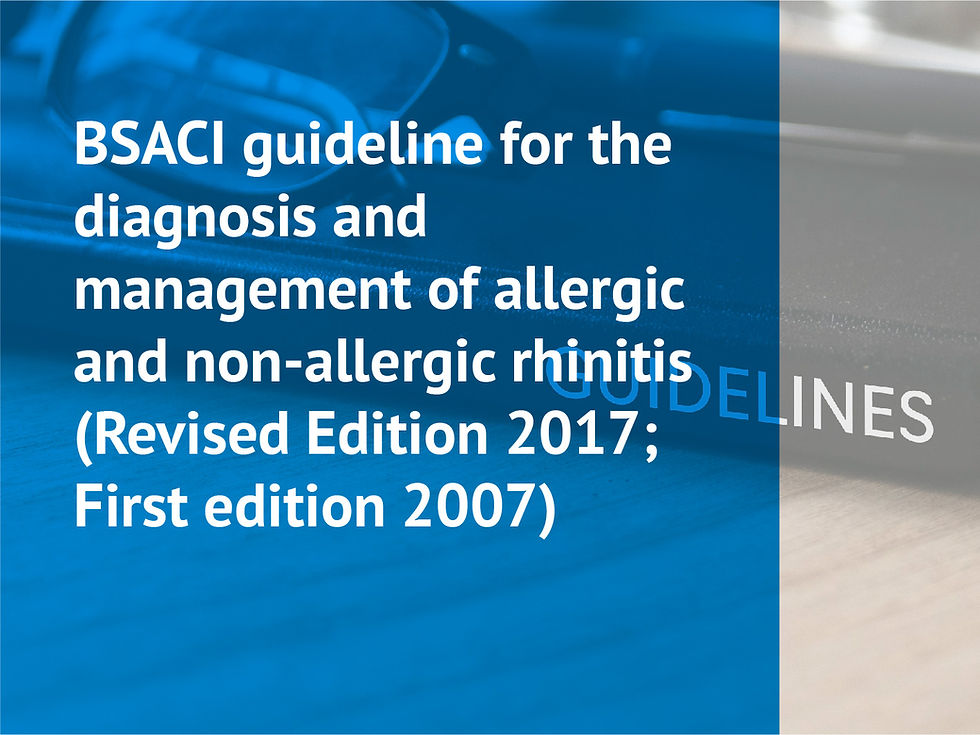Treatment of tics in people with Tourette syndrome and chronic tic disorders
- yatidxm
- 29 Jun 2021
- 2 menit membaca
Diperbarui: 13 Jul 2021
This article presents the recommendations and suggestions for future research of an American Academy of Neurology (AAN) practice guideline on the treatment of tics in people with Tourette syndrome (TS) and chronic tic disorders. The complete and unabridged practice guideline is available as a data supplement at links.lww.com/WNL/A882. A companion article summarizes the systematic review findings and conclusions. The AAN guideline committee convened a multidisciplinary panel to perform a systematic review and develop guideline recommendations, founded on the systematic review, for the assessment and treatment of tics. This article focuses on the guideline’s recommendations and does not include detailed analysis of the systematic review. Readers are urged to review the unabridged guideline for a full assessment. The systematic review synthesizes the evidence supporting the efficacy and harms of medical, behavioral, and neurostimulation treatments for tics. The treatment of tics must be individualized and based on collaborative decisions among patients, caregivers, and clinicians. Many people with tic disorders have psychiatric comorbidities, requiring clinicians to establish treatment priorities with their patients. While neurologists are often consulted to diagnose and treat tics, the identification and management of comorbid disorders is of prime importance and must be factored into management decisions. Therefore, while the level of obligation and associated verbs (must, should, may) state that treatments may or should be used, these recommendations pertain only to the situation in which the patient and clinician have determined that treatment is necessary and collaboratively discussed treatment options and priorities. The authors of the practice guideline seek to make recommendations, based on evidence identified from the systematic review, general principles of care, and related evidence, regarding the following questions
In children and adults with TS or a chronic tic disorder, when should clinicians and patients pursue treatment for tics?
In children and adults with TS or a chronic tic disorder who require treatment for tics, how should clinicians and patients choose between evidence-based treatment options and determine the sequence or combinations of these treatments?





